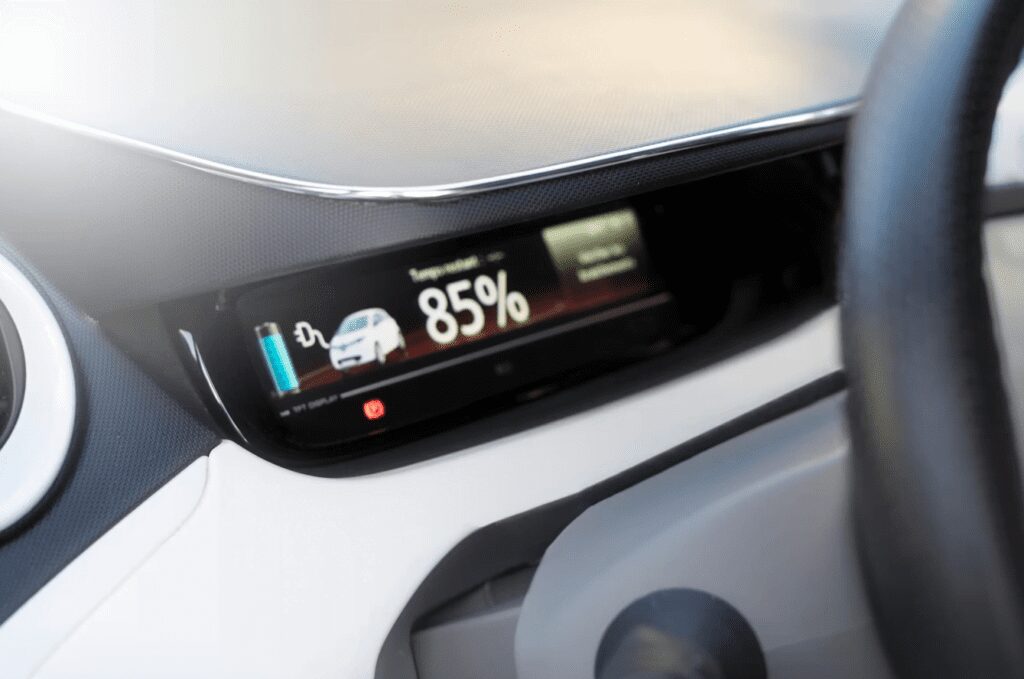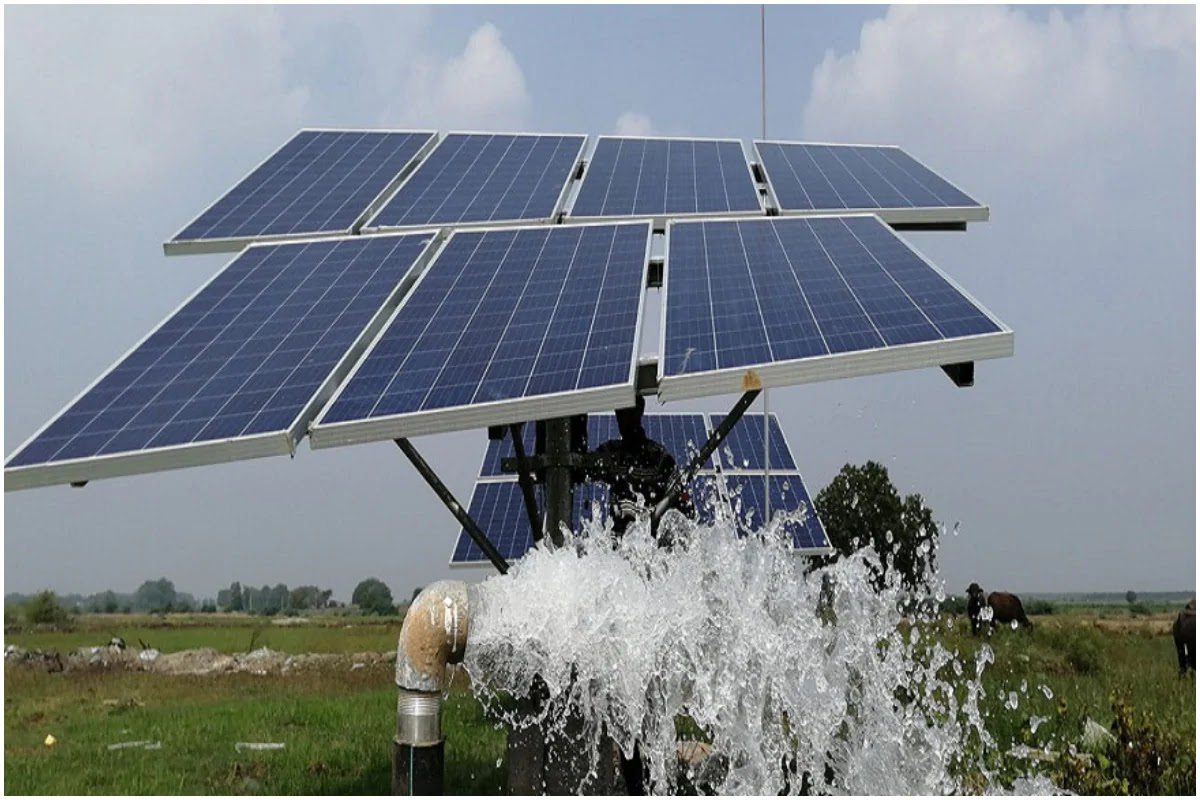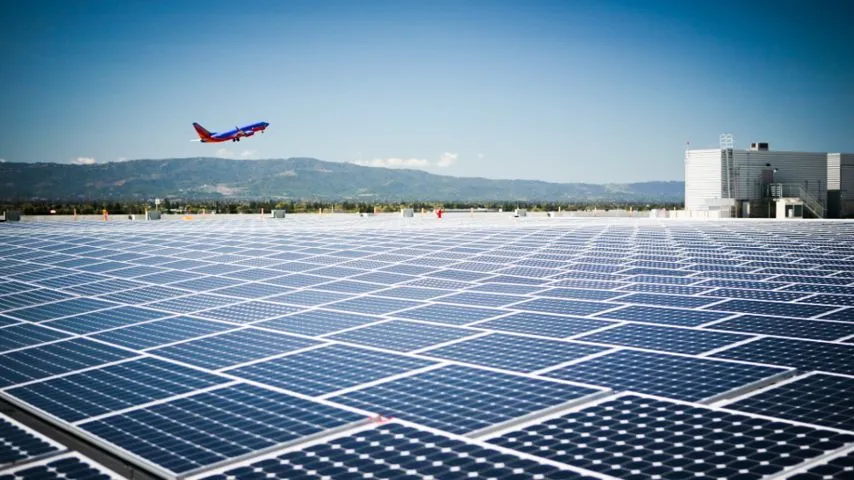Electric vehicles (EVs) are becoming popular in India as people become more conscious about environmental sustainability and the need to reduce carbon emissions.
The rising concerns about air pollution, increasing fuel prices, and advancements in battery technology have contributed to the popularity of EVs among Indian consumers.
As the government focuses on promoting sustainable transportation and reducing pollution, the EV market in India is experiencing rapid growth.
However, EV owners in the country face several challenges and issues that affect their ownership experience.
We will explore few surprising Electric Vehicle Problems in India
Table of Contents
Lack of Charging Infrastructure
One of the primary problems faced by electric vehicle owners in India is the inadequate charging infrastructure.
The number of charging stations is insufficient, particularly in smaller towns and rural areas.
This lack of accessibility hampers the convenience and feasibility of owning an electric vehicle, limiting long-distance travel and causing anxiety about finding a charging point.
The government of India is working to address these challenges by providing subsidies for the installation of public charging stations.
In the meantime, EV owners in India can use a variety of strategies to charge their vehicles.
One option is to install a home charging station. This is the most convenient option, but it can be expensive.
Another option is to use mobile charging services, which bring a charging station to the vehicle.
Range Anxiety or Limited Driving Range
Range anxiety is a common concern among electric vehicle owners.
The limited range of EVs compared to traditional vehicles often leads to the fear of running out of battery during a journey.
The driving range of most EVs in India is currently around 150-200 kilometers.
This is sufficient for most daily commutes, but it is not enough for long road trips.
EV owners who want to take their cars on long trips need to plan their routes carefully and make sure that there are charging stations available along the way.
While the range of electric vehicles is improving, it is still not on par with conventional vehicles.
This limitation creates a sense of uncertainty and hinders the adoption of EVs for long-distance travel.
High Initial Cost
The high initial cost of electric vehicles is another significant challenge for prospective EV owners in India.
The high cost of EVs is due to a number of factors, including the cost of batteries, the cost of manufacturing, and the lack of economies of scale.
Batteries are the most expensive component of an EV, and the cost of batteries is still high.
The cost of manufacturing EVs is also high, as there is not yet a large market for EVs and manufacturers are not able to achieve economies of scale.
The government of India is working to address the problem of high initial cost by providing subsidies for the purchase of EVs.
However, the subsidies are not enough to offset the high cost of EVs
The lack of affordable options further restricts the mass adoption of EVs in the country.
Limited Model Options
Yes, limited model options is a real Electric Vehicle Problems in India.
The Indian market for EVs is still in its early stages, and there are only a limited number of models available.
The Indian EV market offers fewer choices in terms of brands, models, and vehicle types.
This limited variety can make it challenging for individuals to find an electric vehicle that suits their specific needs and budget.
Battery Degradation and Replacement
Battery degradation is a common issue faced by electric vehicle owners. It is the natural loss of capacity that occurs over time as the battery is used.
Over time, the performance and range of the battery diminish, affecting the overall driving experience.
The rate of battery degradation varies depending on a number of factors, including the type of battery, the driving habits of the owner, and the climate in which the EV is used.
Battery degradation is more rapid in hot climates.
Moreover, when the battery reaches the end of its life, replacing it can be a costly affair.
The cost of replacing an EV battery can be significant, Which can range from ₹5 lakhs to ₹10 lakhs.
The cost of replacing a battery can vary depending on the type of battery, the size of the battery, and the manufacturer of the EV.
So always consider to Buy an EV with a warranty that covers battery degradation.
Slow Charging Speeds
Charging an electric vehicle takes considerably more time compared to refueling a conventional vehicle with gasoline.

Yes, The slow charging speed is a real Electric Vehicle Problems in India.
The average charging time for an EV in India is around 8 hours, which is much longer than the 5-10 minutes it takes to fill up a gasoline car.
This slower charging speed can be inconvenient, especially for long-distance travel.
The need for frequent charging and longer charging times can disrupt travel plans and cause inconvenience for EV owners.
The government of India is aware of the problem of slow charging speeds and is taking steps to address it, and announced plans to set up a network of 2,000 fast-charging stations across the country by 2025.
The government is also working on improving the country’s electricity grid to make it more capable of handling the load of charging EVs.
Lack of Standardized Charging Connectors
The absence of standardized charging connectors is a major issue faced by electric vehicle owners in India.
Currently, there are two main types of charging connectors used in India: the domestic AC connector and the DC fast-charging connector.
The domestic AC connector is used for slow charging, while the DC fast-charging connector is used for rapid charging.

Different electric vehicle models often require different charging connectors, leading to compatibility issues.
This lack of standardization adds complexity and inconvenience to the charging process, making it less user-friendly for EV owners.
In 2020, the government released a draft policy that would require all new EVs to be equipped with a common charging connector.
Several companies are developing new charging connectors that are compatible with multiple types of EVs.
Power Grid Limitations
The widespread adoption of electric vehicles poses challenges for the existing power grid infrastructure in India.
The surge in electricity demand from a large number of EVs can strain the grid, potentially leading to power supply issues.
Addressing the power grid limitations is crucial to ensure a seamless charging experience and support the growth of EVs in the country.
Maintenance and Servicing
Maintaining and servicing electric vehicles can be challenging in India due to limited availability of trained technicians which is a major Electric Vehicle Problems in India.
EVs have different components and systems compared to traditional vehicles, requiring specialized knowledge for repairs and maintenance.
The scarcity of skilled technicians and the cost associated with servicing can pose difficulties for electric vehicle owners.
Resale Value of EV
Another concern for electric vehicle owners in India is the uncertainty surrounding the resale value of EVs.
Rapid advancements in technology and the introduction of new models can impact the value of older electric vehicles.
The market for electric vehicles in India is still very small, which means that there are fewer buyers for used EVs. This drives down the resale value.
The evolving nature of the EV market makes it difficult to predict the future resale value accurately, which may deter some potential buyers.
Insurance Costs of Electric Vehicle
Insurance costs for electric vehicles in India tend to be higher compared to conventional vehicles.
There are a number of reasons for this, including:
- Limited availability: There are a limited number of insurance companies that offer insurance for electric vehicles in India. This means that there is less competition, which can lead to higher prices.
- High cost of repairs: Electric vehicles are more complex than gasoline-powered cars, which means that they are more expensive to repair. This can lead to higher insurance premiums.
- Low resale value: As mentioned earlier, the resale value of electric vehicles in India is lower than the resale value of gasoline-powered cars. This means that insurance companies may be less willing to offer insurance for electric vehicles, as they may be more likely to lose money on claims.
The limited availability of specialized insurance products for EVs contributes to higher premiums.
The higher insurance costs can be a deterrent for prospective electric vehicle owners, affecting the overall affordability of owning an EV.
Government Policies and Incentives
The role of government policies and incentives is crucial in promoting electric vehicle adoption in India.
Favorable policies, subsidies, and incentives can make EVs more accessible and affordable for the general public.
Clearer regulations and stronger government support are needed to address the challenges faced by electric vehicle owners and accelerate the transition to sustainable transportation.
FAME-II (Faster Adoption and Manufacturing of Hybrid and Electric Vehicles) scheme, was launched in April 2019 and has a budget allocation of ₹10,000 crore (US$130 million).
But Indian government recently reduced the FAME-II subsidy on electric two-wheelers. The subsidy has been reduced from 40% to 15% of the ex-factory price of the vehicle. This reduction in subsidy is likely to lead to an increase in the prices of electric two-wheelers in India.
The government has said that the reduction in subsidy is necessary to ensure the financial sustainability of the FAME-II scheme.
The market is currently dominated by a few large players, such as Hero Electric, Ather Energy, and Okinawa Autotech.
These players are likely to be able to absorb the reduction in subsidy and continue to sell electric two-wheelers at competitive prices.
However, smaller players in the market may find it difficult to compete with the larger players, and may be forced to exit the market.
Availability of Spare Parts and Service Centers
Compared to traditional vehicles availability of spare parts and service centers is a real problem for electric vehicles in India.
This is because the electric vehicle market in India is still in its early stages of development.
As a result, there are not as many service centers and spare parts dealers available for electric vehicles as there are for conventional vehicles.
The government of India is aware of this problem and is working to address it. But it will take some time for these measures to have an impact.
Impact of Temperature on Battery Performance
Extreme temperatures, both hot and cold, can affect the performance and efficiency of electric vehicle batteries.
The impact of temperature on battery performance is a real problem for electric vehicles (EVs) in India.
India has a hot climate, with average temperatures ranging from 25 degrees Celsius (77 degrees Fahrenheit) in the winter to 45 degrees Celsius (113 degrees Fahrenheit) in the summer.

These extreme temperatures can have a negative impact on the performance of EV batteries, reducing their range and lifespan.
Electric vehicle owners in India face several challenges and issues that affect their ownership experience.
Electric Vehicle Problems in India like the lack of charging infrastructure and range anxiety to high initial costs and limited model options, these hurdles can hinder the wider adoption of electric vehicles.
Overcoming these challenges requires a concerted effort from the government, manufacturers, and stakeholders to address infrastructure gaps, provide affordable options, and spread awareness about the benefits of electric vehicles.
Frequently Asked Questions
Electric vehicles generally have lower maintenance costs due to fewer moving parts and simplified systems. However, the availability of trained technicians and the cost of servicing can vary.
The lifespan of electric vehicle batteries depends on various factors, including usage patterns, charging habits, and environmental conditions. On average, EV batteries can last 8 to 10 years before experiencing significant degradation.
Yes, it is possible to charge an electric vehicle at home using a dedicated home charging station or a regular power outlet. However, installing a home charging station may require some electrical modifications.
The average lifespan of an EV battery is 10-20 years, but this can vary depending on a number of factors, such as the type of battery, the driving habits of the owner, and the climate in which the car is driven.
Related Posts







